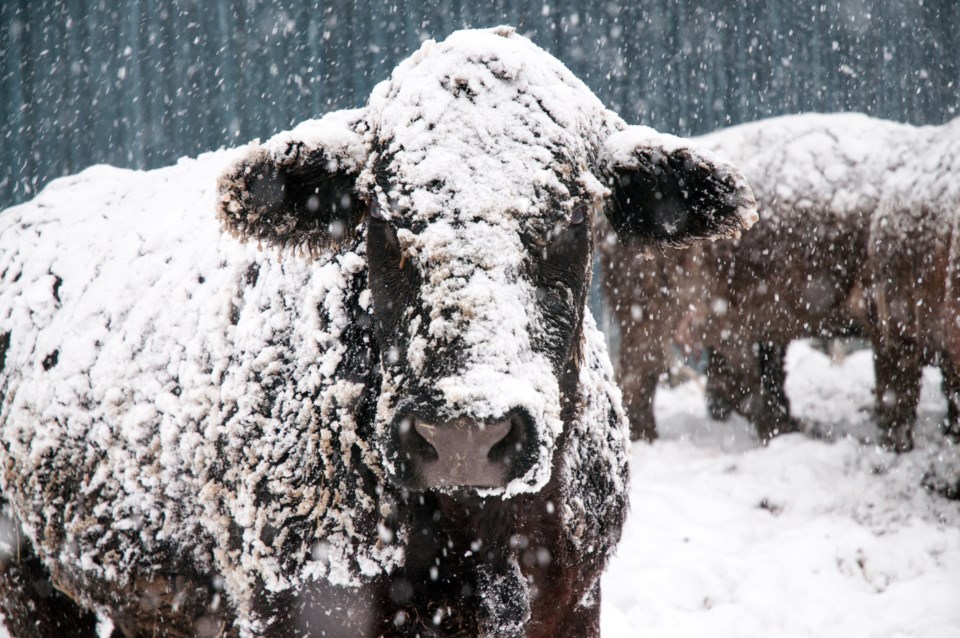SWIFT CURRENT — An important part of your winter-feeding plan is monitoring your wintering sites for weeds to prevent the establishment of undesirable plants. As with any feeding system, the risk of introducing weeds increases when feed is being imported from an offsite location. Weed monitoring plans can be tailored to the needs of your operation. This includes recognizing invasive species, evaluating your winter site selection and considering the forage sources you have available.
Monitoring does not need to be extremely time-consuming, but when completed regularly can be a useful tool to help reduce future costs of potential weed management. It is easier to eradicate weeds when first identified and lower in number compared to a population that is well established. It is important to keep an eye out for anything out of the ordinary. Early detection involves the ability to recognize the species outlined in the Invasive Plant Species Identification Guide or and the Problem Weeds - A Cattlemen's Guide.
Careful winter site selection reduces the risk of weed establishment. Considering topography, soil texture and proximity to water are all important components of site selection. These factors can impact the nutrient distribution on a site and your weed management plans. When using feed sources with contaminants such as weed seeds it is important to select areas that can be easily monitored, avoiding environmentally sensitive areas such as riparian zones. These areas can be easily disturbed resulting in bare soil which offers an ideal opportunity for weeds to establish, displacing the desirable vegetation. With spring run-off, nutrients from manure or feed waste and weed seeds can be transported into water courses and over long distances, making monitoring and management more difficult.
During dry conditions, sourcing weed-free feed or bedding may be a challenge. If you are feeding forages from unknown sources such as bales from ditches or hauling feed from off property, consider storing and feeding these bales in areas that can be isolated and can be easily returned to for multiple years to monitor. Healthy annual cropland and perennial forage stands can provide competition for weeds and help to prevent the establishment of invasive species. Stockpiled or local feeds from known sources may be less of a risk for introducing weeds and will likely require less monitoring and management in the spring. As weed seeds can be resistant to digestion, switching cattle to a known feed source prior to turning them out on pasture can help reduce the risk of weeds being transported to other locations in their manure.
Monitoring your winter-feeding site even after the herd has moved is an important component of your site management plan. Under the Resilient Agricultural Landscapes Program (RALP), the Extensive Wintering Site Management BMP provides funding to assist livestock producers to improve their management of extensive livestock wintering sites. To learn more about the program, visit our website or call the Agriculture Knowledge Centre at 1-866-457-2377.
— Alanna Jonson, PAg is an agri-environmental specialist at Swift Current




